Arbanasi - The village of the Аristocracy
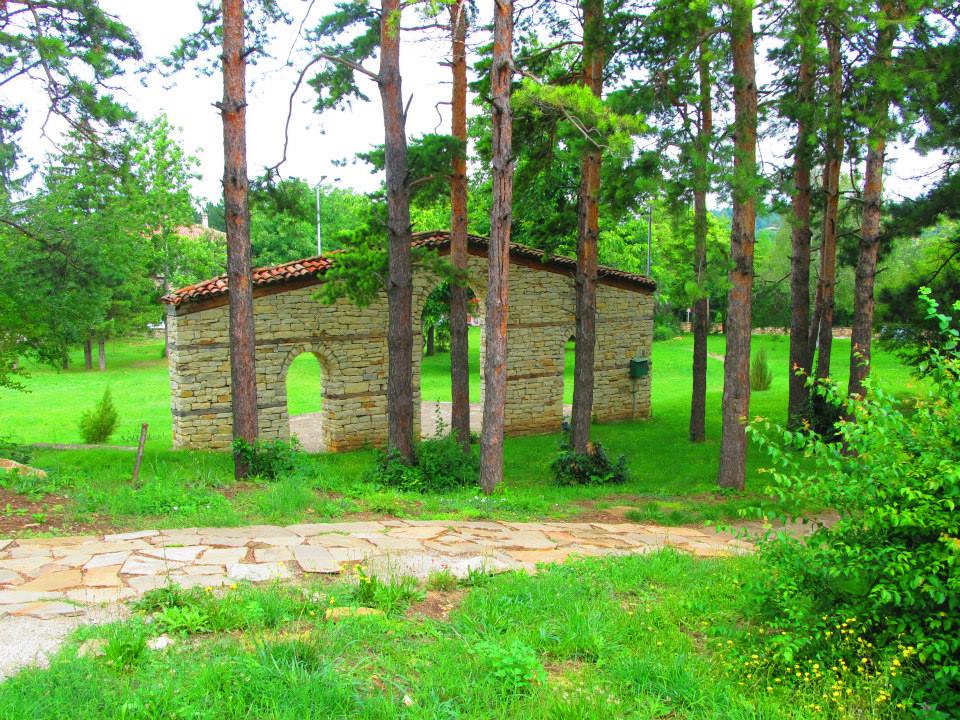
The village of Arbanasi is situated 3 km to the northeast of Veliko Tarnovo - the former capital of Bulgaria. It is known for the mix of historical and outdoor activities nearly 90 of Arbanasi's churches, monasteries and mansions are state - protected cultural monuments. Wealthy aristocrats who resided here during The Bulgarian Revival Period have left behind heritage houses. Horse - riding excursions and walking trails are popular ways to experience this magical village.
Arbanasi is a village that exist during the time of Second Bulgarian Empire (1185 - 1393). At that time the Bolyari living in the capital Veliko Tarnovo used it as a summer residence. According to legend, The King of Veliko Tarnovo minted the coins here.
After the victory of Ivan Asen II in 1230 at Klokotnitsa over the forses of Episcope Todor Komin, the kingdom of Arbanasi (now Albania) became part of the Bulgarian empire and many inhabitants of the new territories settled in the region. According to legend, the village was named after the homeland of the settlers. The first written confirmation of the village's existence is in a decree by Suleiman the Magnificent in 1538.
During the 17th Century, Arbanasi rose to prominence as a trading center. Trades from Arbanasi were renowed and traded throughout the Turkish Empire. The houses from this period resembled smal fortresses. The entire interior was decorated with doors, windows, closets, floors with exceptionally ornate woodworking and plaster elements, all of which demonstrates the highly developed skills of the builders.
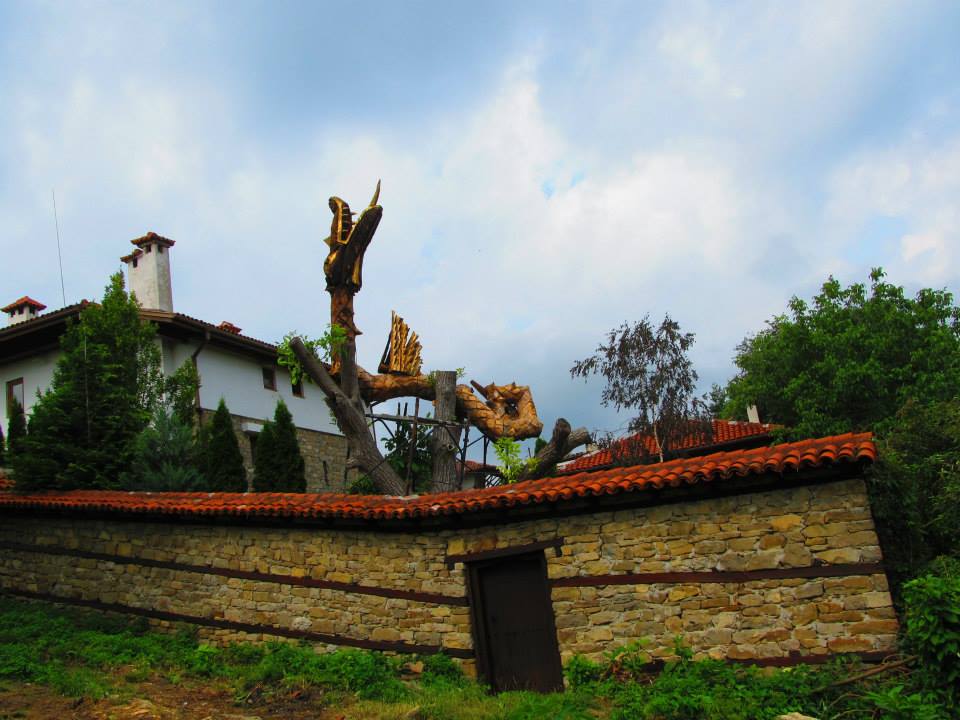
A Century later the village was looted and set on fire by Kardzhalisti. The Residents of Arbanasi, after suffering through an epidemic of cholera and several earthquakes, were forced to seek a calmer and more secure place to live. After 1810, Arbanasi was gradually repopulated. Settlers arrived from the Hellenic and Trevnenic Balkans, but the village was overshadowed by the Tarnovo Revival.
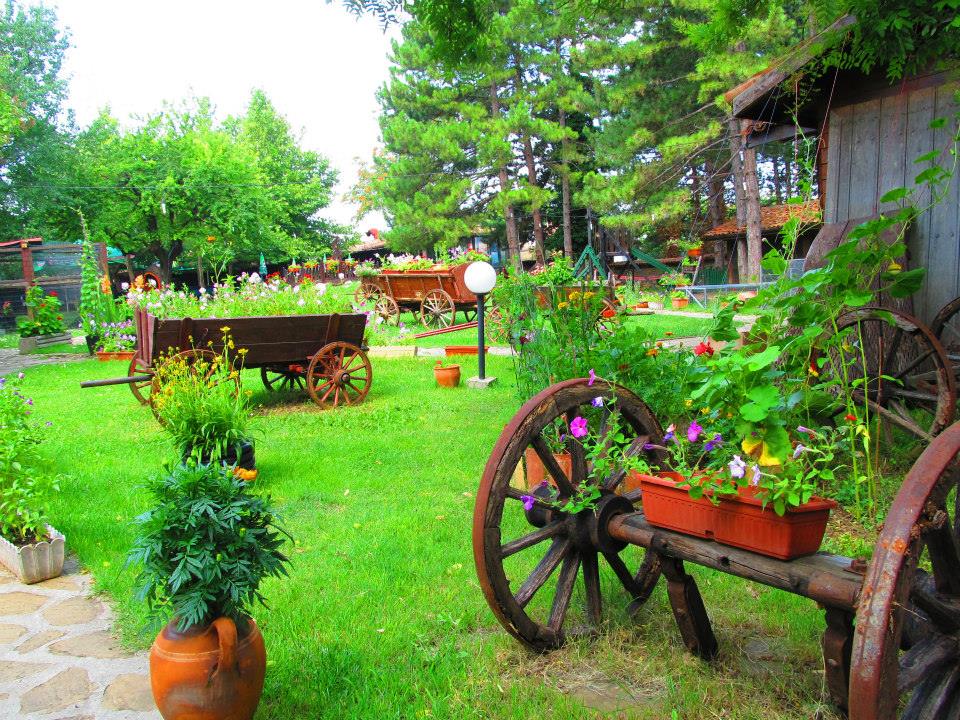
Arbanasi experienced strong Greek cultural influence for centuries. The divine services were in Greek, because at that time Bulgarian Orthodox Church was banned by the Ottoman authorities and Bulgarian population officially had to be served by the Greek Orhodox Church, there was also a Greek school. This didn's reflect the local population national self - awareness. Arbanasi residents took part in the organized uprisings that led to the Liberation of Bulgaria from Ottoman rule at the Russo - Turkish war of 1877-1878.
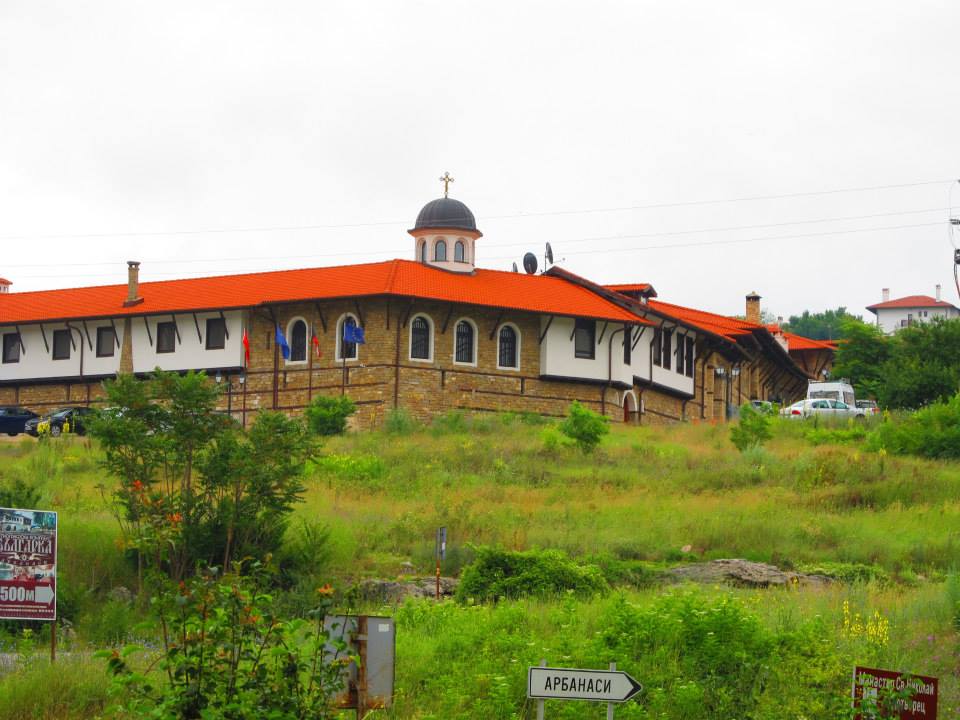
The most interesting museums in Arbanasi are the Konstantsaliev House and Hadzhieva House ; The Birth of Christ Church ; The Church of Archangels Michael and Gabriel ; The Saint Dimitar Church ; The Saint George Church ; The Holy Mother of God Convent and The Saint Nikola Monastery.
The Konstantintsaliev House is among the largest of the richly decorated houses that have been preserved. It dates from 17th century. In 1913 it was leveled by an earthquake. After that it was again purchased and converted into a museum. In 1958, an exhibit of artifacts from the 19th century was held in the house.
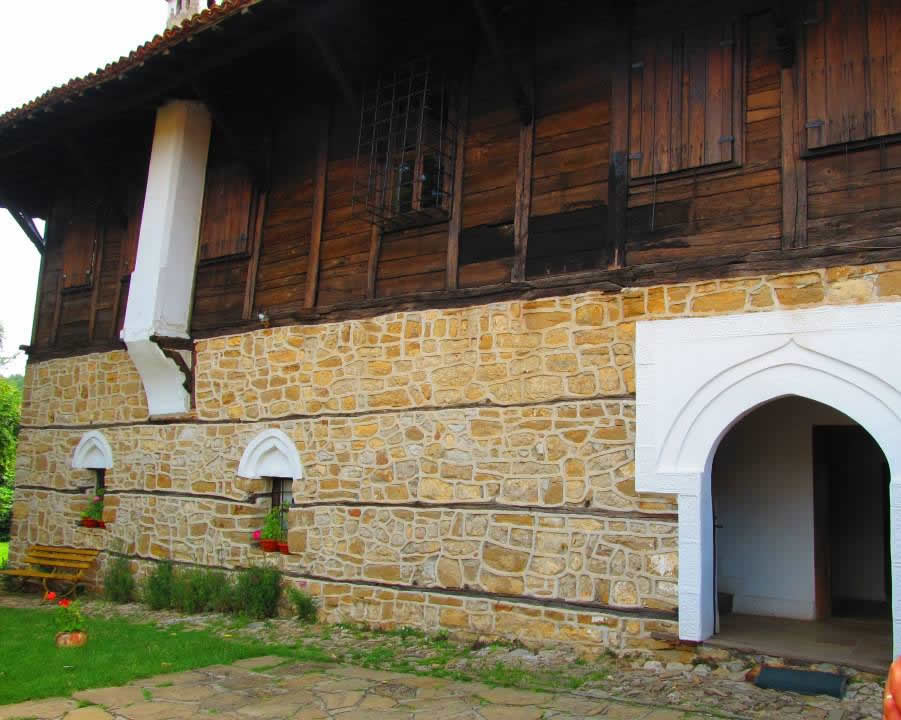
The Birth of Christ Church is among the oldest churches in Arbanasi. It is divited into a men's section (The nartex) a woman's section (The vestibule), and a galleries that enclose these areas on the north and west. To the east the church adjons The Saint John the Baptist Chapel. The Narthex that can still be viewed today at 1st stood alone as a church, and the murals on it's walls were executed in 1597. The murals in the women's section are on the walls and entrance. The theme of the murals in the chapel are dedicated to their patron Saint John the Baptist. The Church was declared an architectural and artistic - cultural monument in the 61st edition of the State records in 1978.
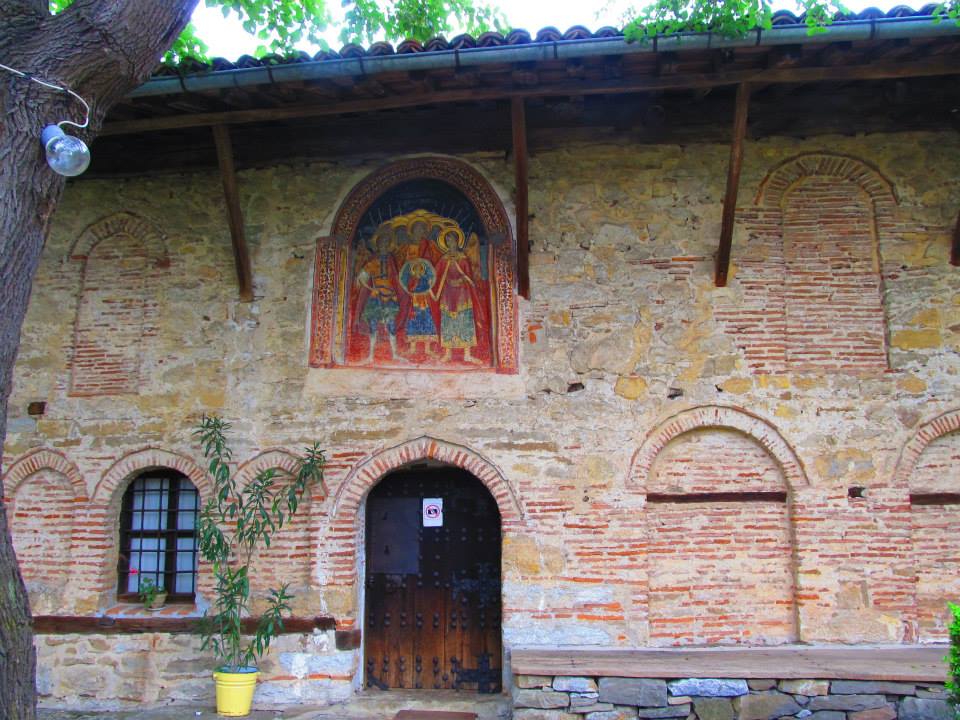
The Holy Archangels Michael and Gabriel Church was also declared an architectural and artistic - cultural monument in the 61st edition of the State Records, in 1978. The Church is comprised of the men's section (The Narthex) and a woman's section (The Vestibule). Two of the most interesting murals in the Church are the Descent into Hell and The Birth of Christ.
Arbanasi is an archeological museum and it is included among the one hundred most important tourist destinations. Arbanasi offers a variety of accomodations - it is possible to stay in a guest house appointed in the traditional style, in modern hotels and large hotel complexes, or in villas and lodges in the region. Everything offer typical Bulgarian fare and a wide range of regional specialties.
Book a private trip to The village of Aristocraxy - Arbanasi. It doesn't matter the city you want to depart - Sofia, Plovdiv, Varna, Burgas, etc... We can arrange your one-day trip to this destination and many other in Bulgaria. If you choose our services you can be sure that you will have English-speaking driver, clean and air-conditioned car, which would make your vacation more pleasant and comfortable.





